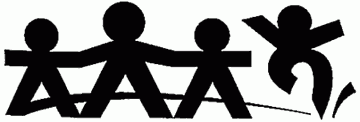
Pass the Gestalt
Any learned graphic designer has certainly come across Gestalt Theory. Whether they understood it completely or not. But I discovered, after twenty years of teaching graphic design, that the students that did understand it created better work than those that didn’t. In my own work, I have found Gestalt Theory especially useful in logo design.
Gestalt is a psychological term that means “unified whole” or “the whole is more than the sum of its parts.” The aspects of gestalt theory that interests designers are related to gestalt’s investigations of visual perception, principally the relationship between the parts and the whole of visual experience.
There are five basic principles of Gestalt Theory that apply to graphic design (or any visual art form) and they are: Similarity, Continuation, Closure, Proximity, and Figure/Ground. In this post I will briefly discuss Similarity.
Similarity.
Similarity occurs when objects look similar to one another. People often perceive them as a group or pattern.

The example above (containing 11 distinct objects) appears as as single unit because all of the shapes are similar
Similarity also occurs when a pattern of similar objects is disrupted by an object that is dissimilar to the others.

The figure on the far right becomes a focal point because it is dissimilar to the other shapes.
So that’s Similarity. Check back soon and we’ll discuss Continuation.
Comments are closed here.